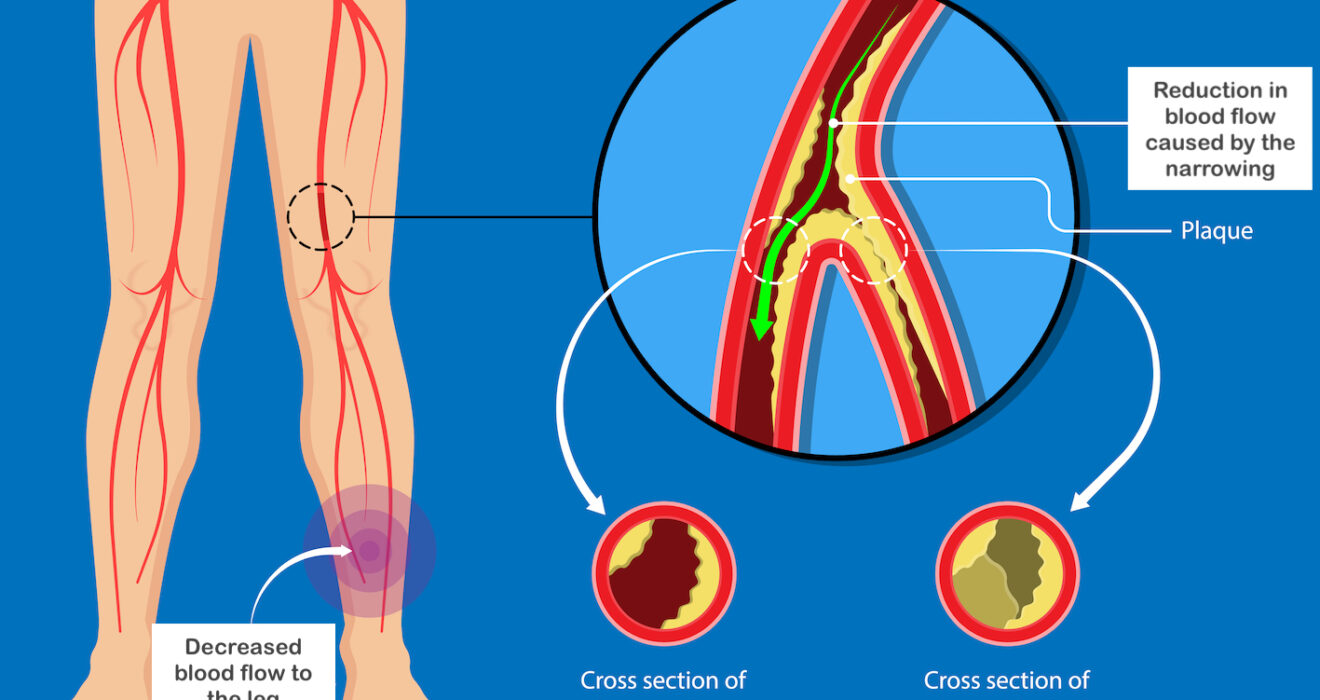Understanding Peripheral Artery Disease (PAD): The Silent Threat in Diabetic Patients
Peripheral Artery Disease (PAD) is a serious circulatory condition that often goes unnoticed until it causes severe complications. In PAD, narrowed arteries reduce blood flow to the limbs, most commonly the legs. This restricted blood flow can lead to leg pain while walking (claudication), slow wound healing, and in severe cases, tissue death or limb loss.
Why Diabetic Patients Should Be Extra Cautious
Diabetes is one of the strongest risk factors for PAD. Diabetics often suffer from elevated blood sugar levels that damage blood vessels over time. This damage, coupled with other metabolic disturbances, significantly increases the risk of arterial narrowing and blockages.
Common signs of PAD in diabetic patients include:
Painful cramping in hips, thighs, or calves after activity
Numbness or weakness in the legs
Coldness in the lower leg or foot
Sores on toes, feet, or legs that won’t heal
A weak pulse in the legs or feet
Because many diabetics also suffer from peripheral neuropathy (nerve damage), they might not feel the usual warning signs of PAD, making regular vascular screenings even more critical.
Early Detection Saves Limbs
PAD is progressive, but with early diagnosis and proper management, severe outcomes can often be prevented. Non-invasive tests like the Ankle-Brachial Index (ABI), Duplex Ultrasound, and CT Angiography can help detect PAD early.
Minimally Invasive Treatment Options
Advancements in vascular care have led to highly effective and minimally invasive procedures for PAD, such as:
- Balloon Angioplasty
- Stent Placement
- Atherectomy (plaque removal)
These techniques help restore normal blood flow without the need for major surgery. In severe cases, bypass surgery may be required.
Lifestyle Changes That Make a Difference
- Smoking cessation
- Blood sugar control
- Regular exercise (supervised walking programs)
- Heart-healthy diet
Early awareness and lifestyle modifications, especially for diabetic individuals, can delay or prevent the need for surgical intervention.
Conclusion:
PAD is not just a leg problem it’s a warning sign of widespread vascular disease. For diabetic patients, the stakes are even higher. Timely detection, professional consultation, and advanced treatment can save limbs and lives. Regular vascular assessments, especially for high-risk groups like diabetics, are not a luxury but a necessity.



